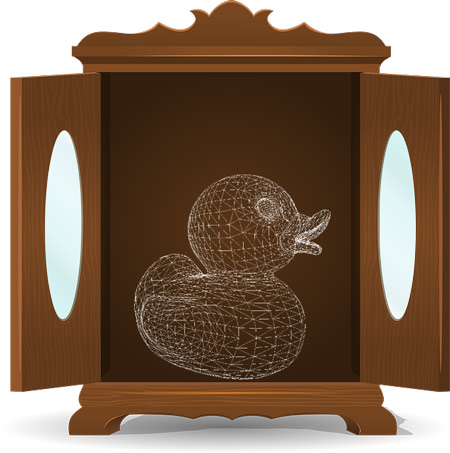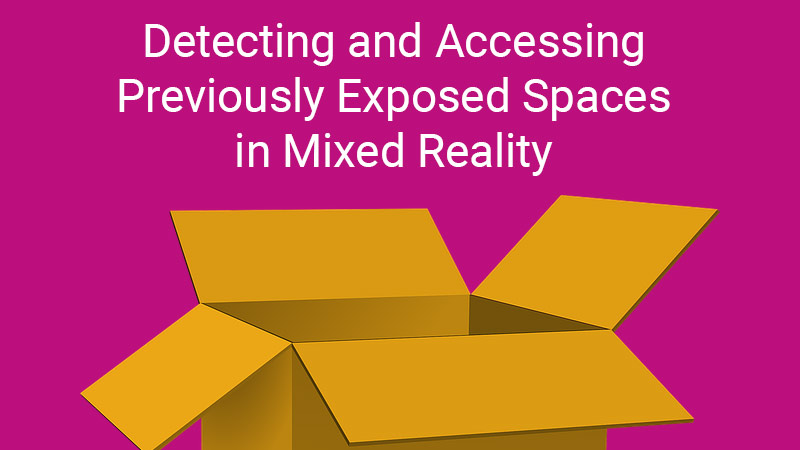Today I thought about a feature that I don’t think exists in the Magic Leap One and this is the ability for the meshing system memorize empty previously exposed spaces, save them and having the ability to see them as areas for positioning virtual content even after those areas became hidden.
From my understanding, when a mesh is getting updated, it reconstructs the mesh so the container is now covered with new mesh blocks and therefore the system doesn’t see that place as an available place for putting objects.
therefore the system doesn’t see that place as an available place for putting objects.
For example, imagine that the meshing system scans an empty fridge container after you opened the door, when you close it, that empty, if the mesh is being updated, no longer exists. If there was an option to retain that space (maybe by recognizing it using computer vision object detection algorithms), we could build, for example, a mixed reality game where objects can be hidden in actual containers in the real world space (e.g drawer, cabinet, window porch, box etc.).
It’s like having a deep meshing process with the ability to learn which areas are highly likely to be containers or allow developers to ask users to explicitly set up containers so the app or game can utilize them.
This means that the spatial mapping process should be contextually aware of the different objects being scanned and apply different meshing procedures internally to match the specific objects being scanned. Another option is just for the mesh to not reconstruct over empty areas that weren’t filled previously. I don’t know exactly how this works on the Magic Leap One, maybe the mesher does that but that area isn’t available for object placement, I really don’t know.
If the Magic Leap does maintain those empty areas well, how can we recognize them as hidden areas?
Maybe some of you can shed some light on this topic.

